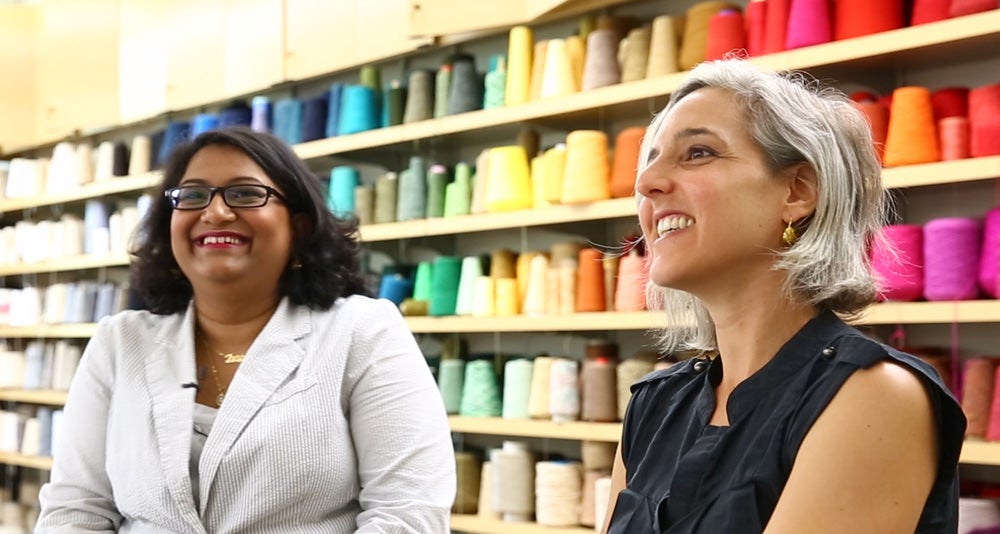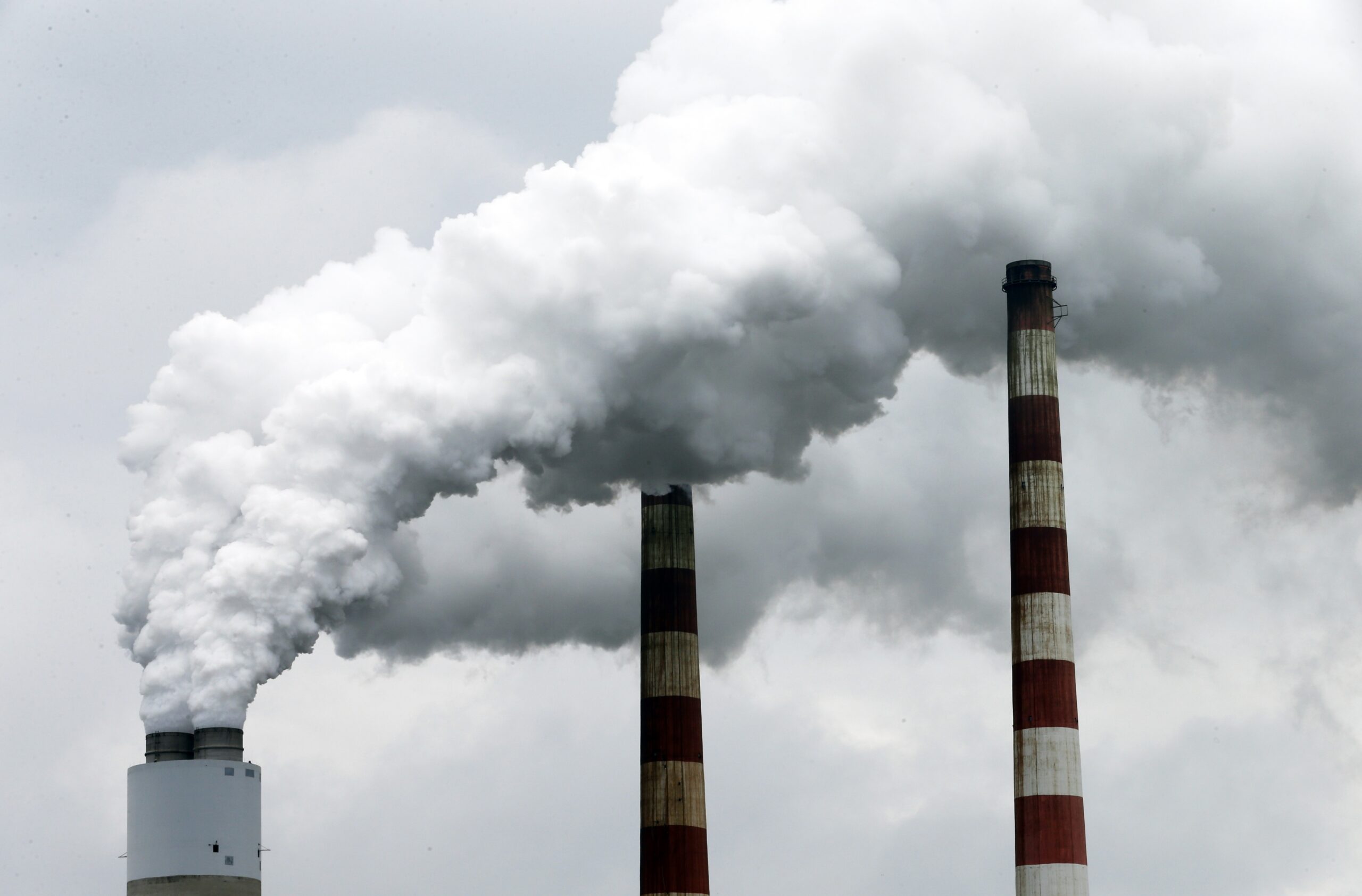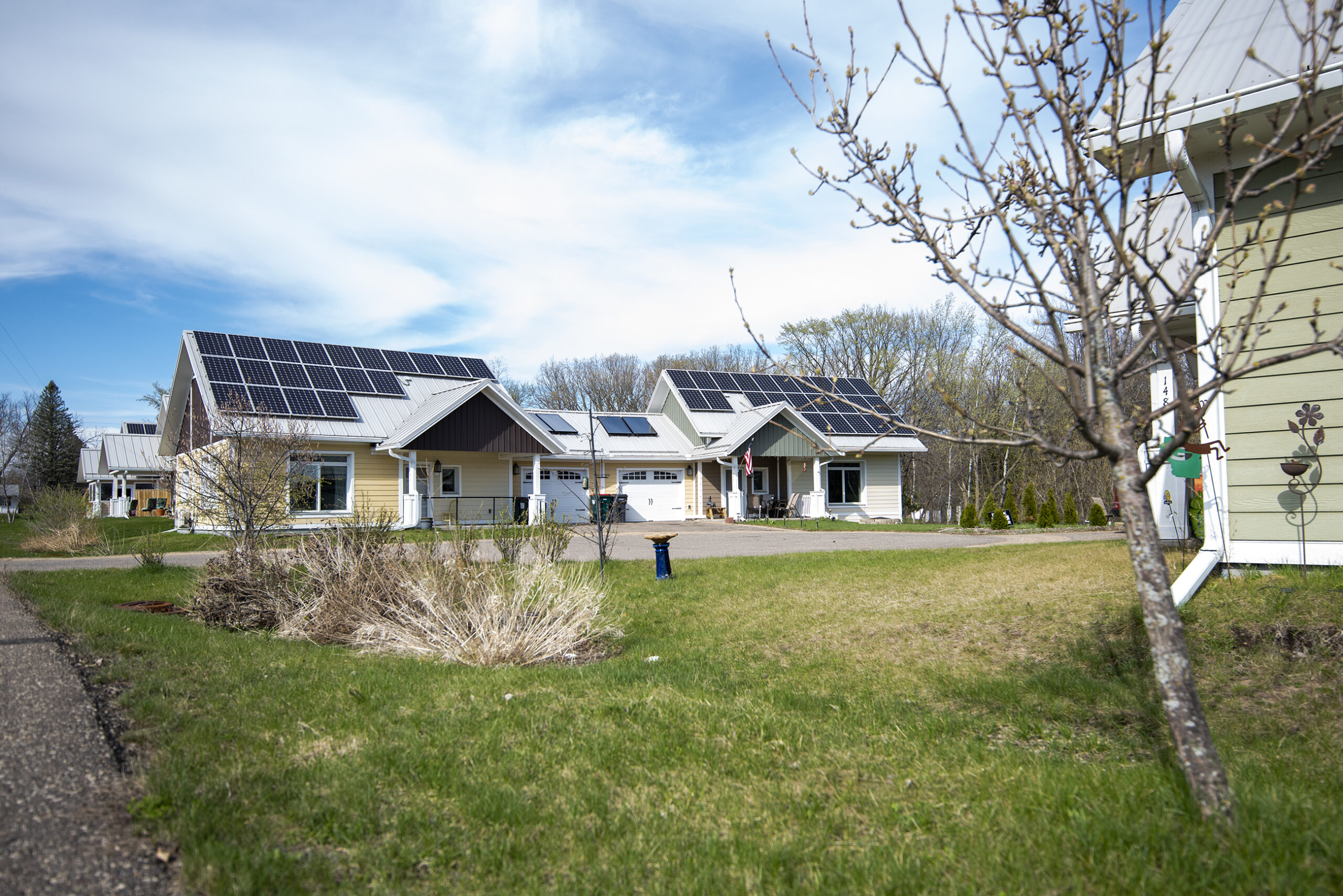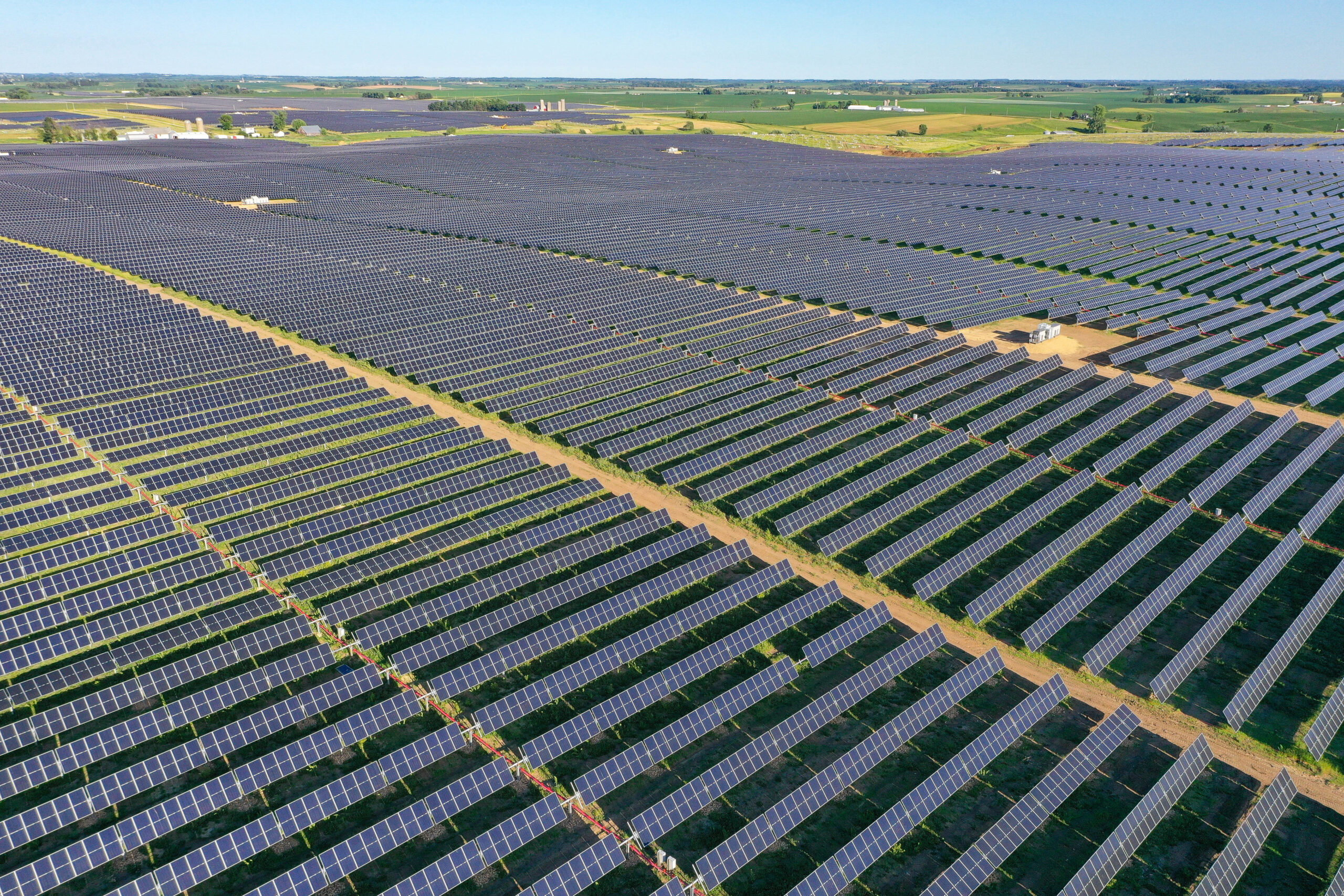Two University of Wisconsin-Madison faculty members — one a textile artist and the other a chemist — have teamed to create fabric solar panels.
Marianne Fairbanks creates textile art and has experimented with wearable solar panels for years. She collaboratively created a bag with a solar panel sewn into the flap.
And after becoming a UW-Madison assistant professor in the human ecology department’s design studies program, she wanted to take the idea farther. She reached out to assistant professor of chemistry Trisha Andrew. Her lab has experimented with growing solar cells on various substrates, like paper.
Stay informed on the latest news
Sign up for WPR’s email newsletter.

Andrew and her team are currently coating different fabric weave types and structures with a polymer that increases the fabric’s conductivity. Wisconsin Energy Institute
Now, the pair are working to create solar textiles.
“She and I are both dreamers,” Andrew said. “We think about how to generate and harvest energy in more efficient and out-of-the-box ways. She’s artistic, I’m more nerdy, but we have the same thought process.”
At the moment, Andrew and Fairbanks are trying to turn a piece of fabric into a solar panel by applying adhesive conductors to the cloth. But they hope to have success with bigger ideas like weaving solar cells into yards of cloth.
“We kind of deconstruct how you make a solar cell and make threads that have different electrical components and then figure out if we can weave the threads together in an intelligent way,” said Andrew. “We would be literally weaving together a final solar cell.”
She said the technology could be revolutionary.
Fairbanks imagines it will be used for more than hats and jackets.
“While I’ve done the wearable clothing and I have experience with wearables, I’m actually thinking more on the scale of tents and umbrellas and things that could go into outer space and be lightweight and expandable,” she said.
According to Fairbanks, the technology could be used to power cell phones, other personal electronics and heart monitors.
She said there are still many places that are off-the-grid that the project could benefit.
“There’s all these places that have cell phones now and they have no power because they don’t have integrated grid structures,” she said. “So to me, there’s this disconnect. How can we have all these cell phones that are able to connect to satellites, yet we still have many places in the world that aren’t wired for power. We need to get as advanced with our power technology as we are with our communication technology.”
Fairbanks said she hopes to build on a more interdisciplinary network within the UW human ecology program to create more collaboration like this one.
Wisconsin Public Radio, © Copyright 2024, Board of Regents of the University of Wisconsin System and Wisconsin Educational Communications Board.




